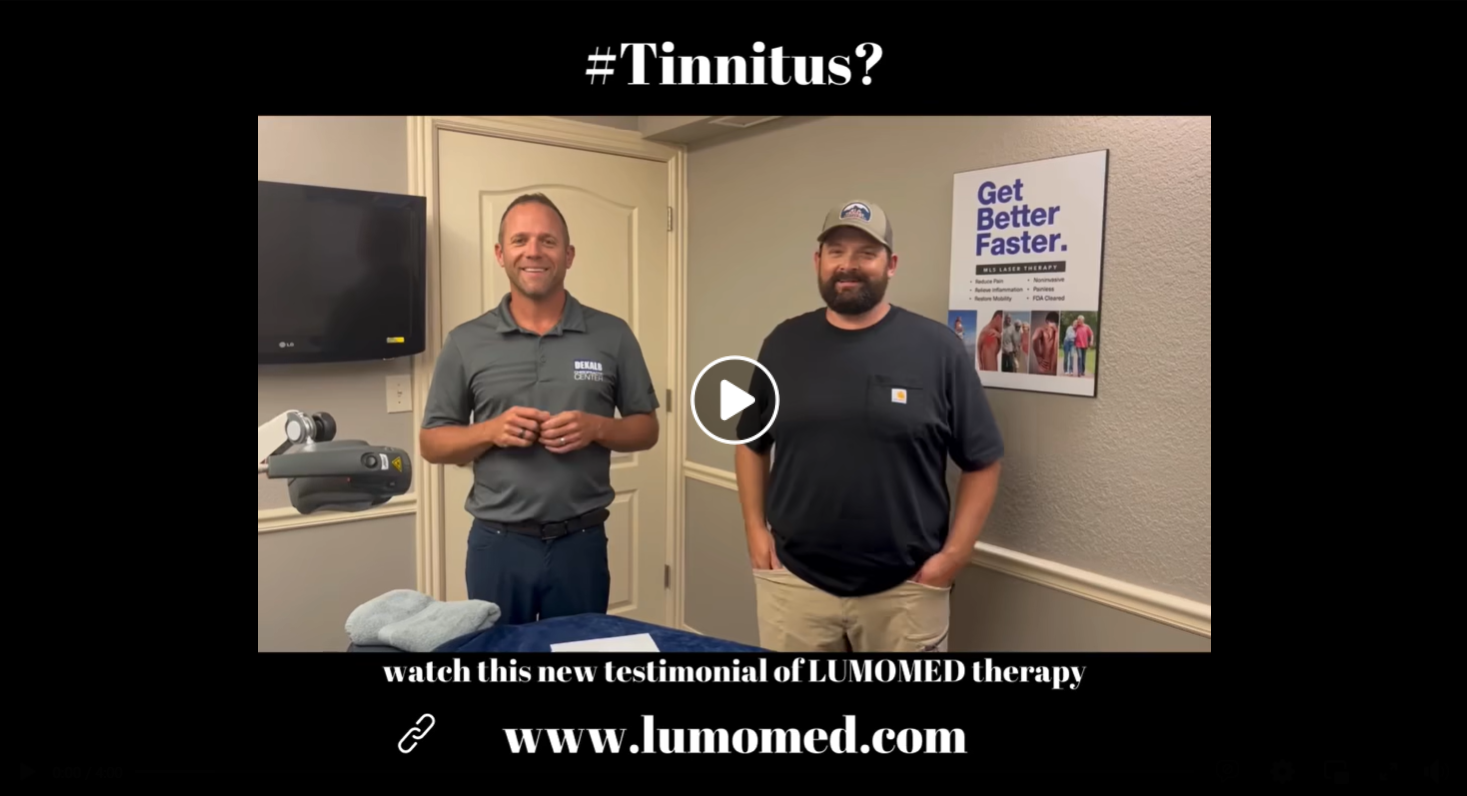Tinnitus is a condition characterised by a persistent ringing, buzzing or hissing sound in the ears that can be caused by hearing loss, nerve damage, or inflammation. Many treatments exist, but Low-Level Laser Therapy (LLLT) has gained attention as a potential non-invasive option.
Low level laser therapy has long been used in other medical treatments, but recent studies have shown its effectiveness in tinnitus management. By targeting the underlying causes of tinnitus, such as damaged cells and disrupted neural signals, the therapy offers hope for those seeking relief from constant noise in their ears.
Low level laser therapy may be the treatment you are looking for. It is painless, non-invasive and involves no drugs.
How LLLT Works: Mechanism and Benefits
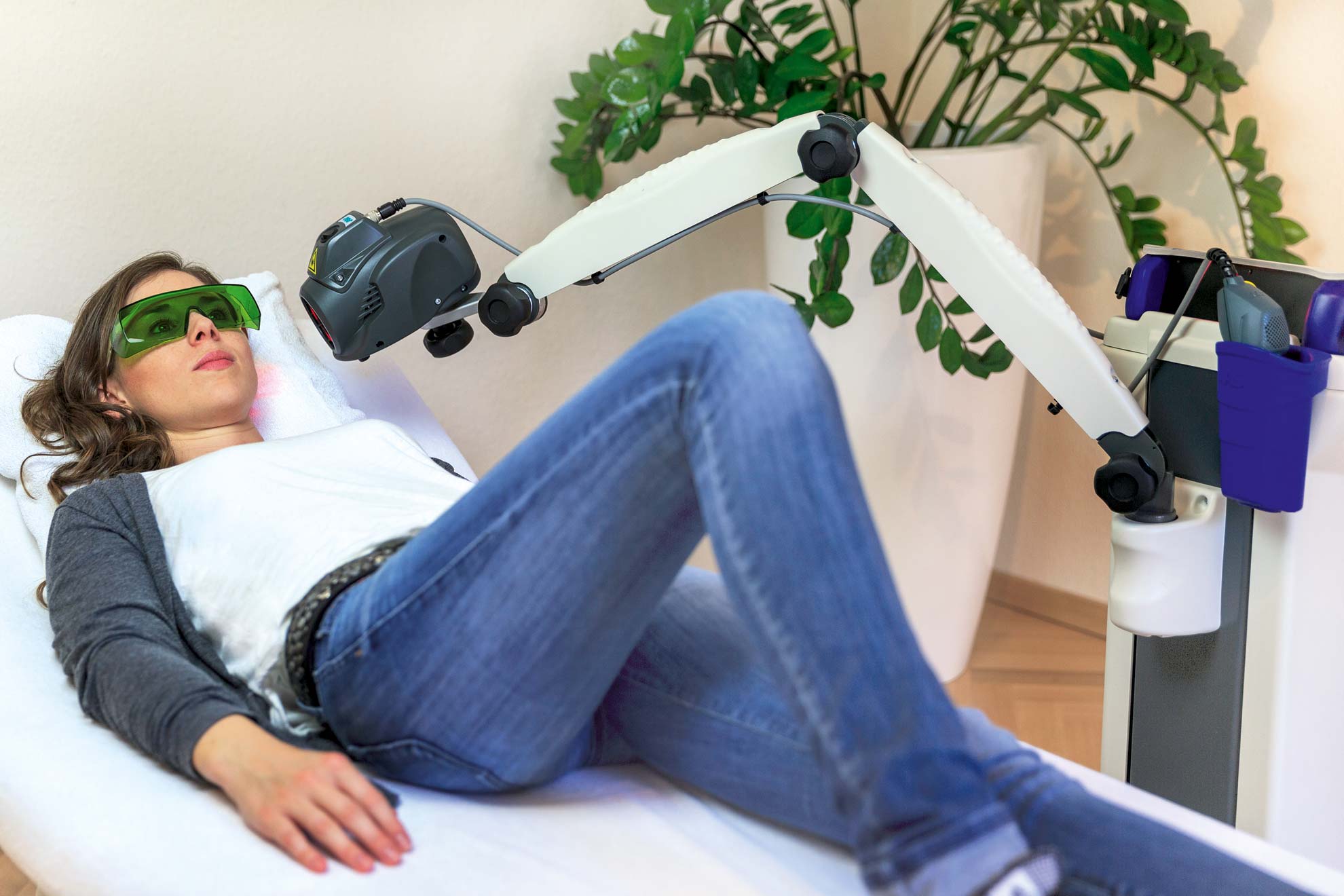
Low level laser therapy (LLLT) has emerged as an innovative treatment of tinnitus. This approach utilises near-infrared light, also known as photobiomodulation (PBMT), to target the underlying causes of tinnitus and promote healing within the auditory system.
The mechanism behind the treatment of tinnitus with low level laser therapy is its ability to stimulate cellular processes and enhance the body’s natural healing capabilities. When applied to affected areas, laser wavelengths penetrate skin and deeper tissues, including the structures of the inner ear and the auditory nerve. Light energy triggers a series of biochemical reactions within targeted cells, leading to increased blood flow, reduced inflammation, and improved cellular function.
Integrating LLLT with Other Tinnitus Treatments
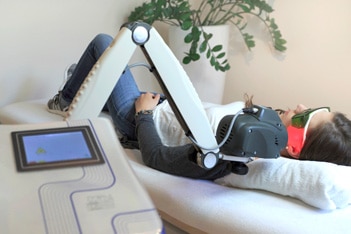
While low level laser therapy has shown promising results in the management of tinnitus, it is even more effective when integrated with complementary treatments and therapies. By combining the treatment with traditional approaches, such as sound therapy, cognitive-behavioural therapy, and medication, patients can experience a more comprehensive and holistic approach to tinnitus relief.
By working closely with healthcare professionals who are knowledgeable about the integration of various tinnitus treatments, patients can develop a personalised plan that leverages the unique benefits of PBMT while also addressing the multifaceted nature of this condition. This holistic approach can lead to more sustainable and long-lasting relief from the debilitating effects of tinnitus.
Case Studies and Success Stories
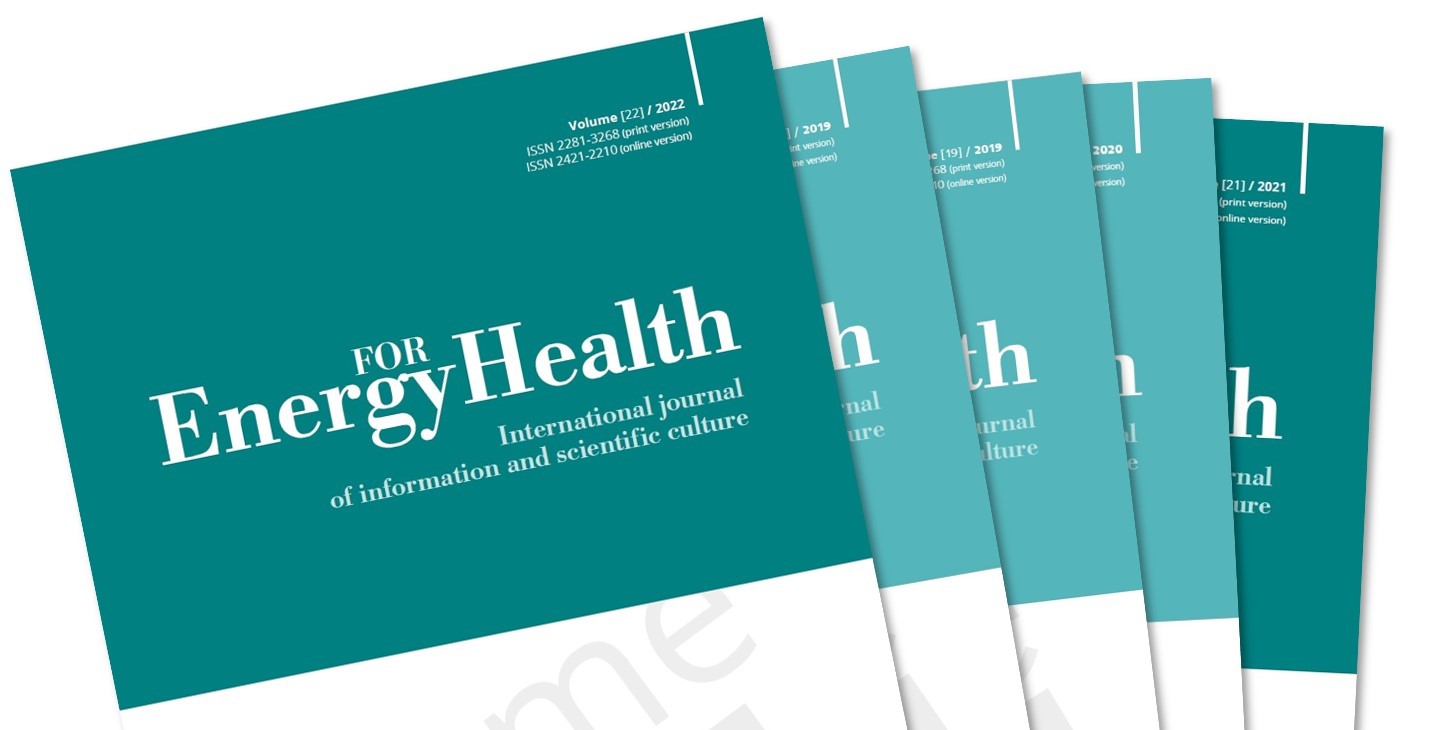
Numerous case studies and success stories highlight the effectiveness of laser therapy for tinnitus with positive treatment outcomes. For instance, a study published in the Journal of Personalized Medicine found that the therapy was effective in reducing the symptoms of tinnitus in 70% of participants. This significant improvement underscores the potential of laser therapy as a viable treatment option for tinnitus patients.
Another study published in the International Journal of Audiology reported that laser therapy not only reduced tinnitus severity but also improved the overall quality of life for individuals suffering from this condition. These positive treatment outcomes are supported by various other systematic reviews and clinical trials, which consistently demonstrate the positive outcomes of laser therapy in managing tinnitus-related distress.
These success stories provide hope and encouragement for those struggling with chronic tinnitus, showcasing the potential of laser treatment to offer meaningful relief and improve the lives of countless individuals.
Studies using Multiwave Locked System (MLS) laser therapy, a safe, high-power therapeutic laser device, have been especially notable for its ability to enhance clinical results when combined with other treatment modalities.
One study evaluated the efficacy of MLS laser therapy in treating temporomandibular joint disorders (TMD) (J. Rosswag, 2020). TMD can be one of the causes of tinnitus. The study involved 40 patients that were divided into two groups: 1 with OraGuard™ splint alone; 2 with Ora-Guard™ + MLS therapy.
Results demonstrated that all patients improved in terms of pain. Stronger improvement was reported for group 2, when both Ora-Guard™ splint and MLS therapy were applied. The combination of Ora-Guard™ splint and MLS laser therapy represents a well-tolerated conservative approach able to alleviate TMD pain. This provides hope for patients suffering from tinnitus due to TMD.
Another study compared the treatment of proprioceptive vertigo disorders with kinesitherapy and Hilterapia, an advanced form of MLS laser therapy (Bodini G., 2009). Thirty subjects, subdivided in two groups, were included in the study. One group was treated with kinesitherapy alone and the other group with kinesitherapy combined with Hilterapia. All subjects underwent a clinical-anamnestic evaluation before treatment, at the end of the first week, at the end of the therapy, and one month later. Results showed that there was a more rapid improvement in pain and functional limitation in patients who underwent both kinesitherapy and Hilterapia treatment. With respect to the cervical interference index, a significant variation before treatment and one month after had been observed only in the combined treatment group.
Lumomed: Leaders in Tinnitus Treatment with MLS Laser Therapy
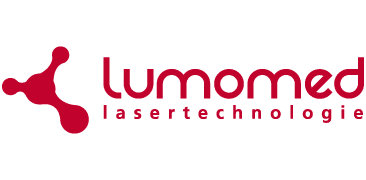
One company that is leading the way in using MLS laser for tinnitus is Lumomed.
Amon Kaiser is the founder of Lumomed. He opened his first laser therapy office in Germany in 2004. He has been using MLS therapy devices to treat inner ear problems with great success such as tinnitus, vertigo, and hearing loss. His offices have now expanded to the US.
Dr Lee Nagel is the owner of the Lumomed practice in Indiana, USA. He has had positive experiences with using MLS laser to treat tinnitus. Click below to watch one of his patient testimonials and see how MLS laser has changed this patient’s life.
The Potential of Laser Therapy Devices in Treating Tinnitus
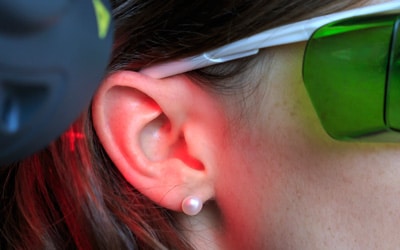
The emergence of low level laser therapy (LLLT) as a treatment for tinnitus has brought hope to millions of patients who have struggled to find relief from this persistent and often debilitating condition. By targeting the underlying causes of tinnitus, such as damaged cells and disrupted neural signals, this innovative approach has the potential to provide a more comprehensive and long-lasting solution than traditional treatments.
The growing body of research on MLS therapy for the treatment of tinnitus further underscores the promise of this treatment. As more healthcare providers become trained and experienced in the use of high power laser therapy for tinnitus management, the accessibility and availability of this treatment option are likely to continue increasing.
For those suffering from ongoing ringing or other sounds associated with tinnitus, MLS therapy offers a new treatment they may not have tried yet. By working closely with qualified healthcare professionals and exploring the integration of this innovative approach with other tinnitus treatments, patients can take a significant step towards regaining their peace of mind and quality of life. The potential of MLS laser therapy to reduce the ringing in patients’ ears is a breakthrough that can offer relief to millions.
To find out more about how MLS laser can improve your patient outcomes, book a demo of our lasers:
What is Tinnitus?
Tinnitus is a common condition characterised by the perception of noise or ringing in the ears when there is no external sound present. This phantom noise can take various forms, such as ringing, buzzing, hissing, or clicking, and can be intermittent or continuous. Tinnitus is a complex condition with multiple potential causes, including noise-induced hearing loss, cochlear dysfunction, age-related hearing loss, earwax buildup, and certain medical conditions like Meniere’s disease or acoustic neuroma.
Tinnitus can be classified into two types: subjective and objective. Subjective tinnitus is the most common form, where only the individual can hear the noise. Objective tinnitus, on the other hand, is rare and can be heard by others, usually through a stethoscope. The severity of tinnitus can vary greatly, from a mild annoyance to a debilitating condition that significantly impacts an individual’s quality of life, affecting concentration, sleep, and emotional well-being.
Understanding Low Level Laser Therapy
Low Level Laser Therapy (LLLT) is a medical treatment that uses low-energy-level lasers or light-emitting diodes to stimulate or inhibit cellular function. This innovative therapy has been employed to treat a variety of conditions, including pain, inflammation, and tissue repair. In the context of tinnitus, LLLT is thought to work by increasing blood microcirculation, reducing inflammation, and promoting cellular repair within the auditory system.
Low Level Laser Therapy (LLLT) is a non-invasive and pain-free treatment, making it an attractive option for those seeking relief from tinnitus without the need for surgery or medication. By harnessing the power of light energy, LLLT aims to restore normal cellular function and improve the overall health of the auditory system, offering hope to those suffering from the persistent ringing in their ears.
The Science Behind Laser Therapy for Tinnitus
The exact mechanism of how Low Level Laser Therapy (LLLT) works to treat tinnitus is not fully understood, but several theories have been proposed.
- Improves Cellular Function: LLLT uses near-infrared light to penetrate deep into ear tissues, stimulating cellular activity and promoting repair. This helps restore damaged cells in the auditory pathways.
- Enhances Blood Circulation: The laser light increases microcirculation in the inner ear, ensuring that oxygen and nutrients reach damaged areas. Better blood flow can reduce tinnitus symptoms.
- Reduces Inflammation: Inflammation in the auditory system is a common trigger for tinnitus. LLLT has anti-inflammatory effects, helping to calm irritated tissues and nerves.
- Promotes Nerve Regeneration: LLLT may aid in repairing nerve damage by encouraging the release of growth factors that support nerve healing and function.
- Regulates Neural Activity: Tinnitus is often linked to hyperactive neural signals in the brain’s auditory centers. LLLT may help balance these signals, reducing the perception of ringing or buzzing.
- Works Well with Other Treatments: LLLT is often combined with traditional treatment approaches and lifestyle changes for a more comprehensive approach to tinnitus relief.
Summary of Benefits of Laser Therapy for Chronic Tinnitus
Laser therapy has shown promise in reducing the symptoms of chronic tinnitus, offering several key benefits to those affected by this condition:
- Reduced Severity of Tinnitus: Many individuals report a noticeable decrease in the intensity and frequency of tinnitus sounds following laser therapy sessions.
- Improved Quality of Life: By alleviating the persistent ringing or buzzing, laser therapy can significantly enhance an individual’s overall well-being, improving sleep, concentration, and emotional health.
- Non-Invasive and Pain-Free: Laser therapy is a non-invasive treatment that does not require surgery or medication, making it a convenient and comfortable option for patients.
- Low Risk of Side Effects: With a low risk of adverse effects, laser therapy is considered a safe treatment option for individuals with tinnitus, providing relief without the complications associated with more invasive procedures.
What to Expect in an LLLT Session for Tinnitus
- Painless & Non-Invasive – A small laser device is aimed at the ear canal or skull near the auditory nerve.
- Session Duration – Treatments last 10-20 minutes, multiple times per week.
Conclusion – Is LLLT Effective?
Laser therapy has shown promise as a chronic tinnitus treatment, offering several key benefits to those affected by this condition.
Research suggests LLLT can provide symptom relief for some tinnitus sufferers, especially when tailored to individual needs. While results vary, many patients report improvements in tinnitus intensity and quality of life.
With a low risk of adverse effects, laser therapy is considered a safe treatment option for individuals with tinnitus, providing relief without the complications associated with more invasive procedures. The treatment outcome of laser therapy has been positive in numerous clinical studies, highlighting its potential to significantly reduce tinnitus severity.
Chronic Tinnitus? Find a specialist?
If you suffer from chronic tinnitus and are looking for a specialist in Australia, use our Find A Practice Page.
References
Tinnitus Australia. (2024). Tinnitus Awareness. Retrieved from Tinnitus Australia: https://tinnitusaustralia.org.au/tinnitusawareness/
J. Rosswag, S. R. (2020). Evaluation of the effect of MLS® Laser Therapy and Ora-GuardTM splint in the treatment of temporomandibular joint disease. Energy for Health Volume 20, 4-8.
Bodini G., C. A. (2009). Treatment of proprioceptive balance disorders: comparison between kinesistherapy and Hilterapia®. Energy for Health Volume 3, 6-9.

